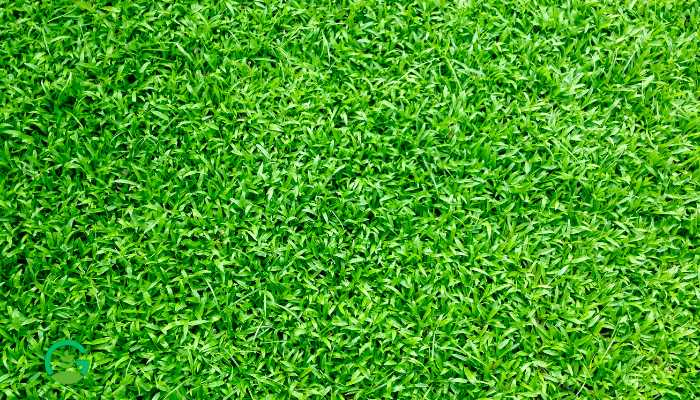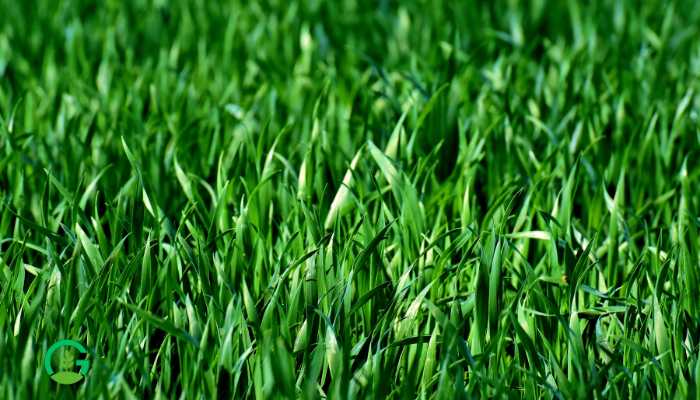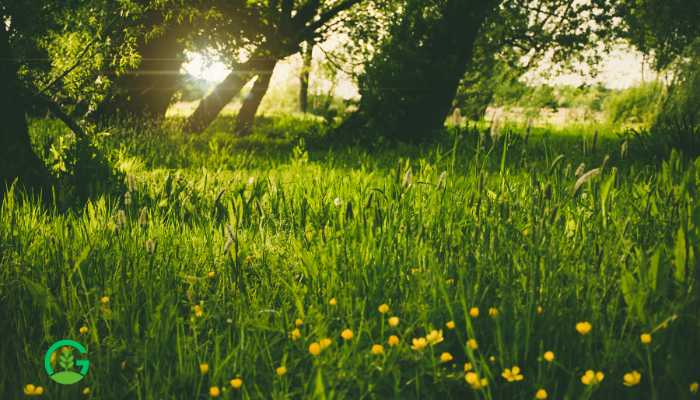Introduction: Embracing the Greenery
Welcome to the lush green world of Green Grass, where lush beauty meets ecological significance. In this comprehensive guide, we will travel to fascinating areas of greenery, discovering its origin, characteristics, and ecological importance.
Join us as we uncover the secrets of this vibrant greenery that graces our landscapes with its grace and vitality.
Table of Contents
What is Hariyali Grass?
Hariyali Grass, also known as “Green Grass” or “Eragrostis“, is a type of perennial grass cherished for its lush green foliage and versatility. Unlike traditional lawn grasses, Hariyali Grass boasts a distinctive charm, making it a popular choice for landscaping and environmental restoration projects.

The Origins of Hariyali Grass
Originally hailing from the savannas of Africa, Hariyali Grass has journeyed across continents to grace landscapes worldwide. Its adaptability to various climates and soil conditions has contributed to its global popularity among gardeners and landscapers alike.
Characteristics of Hariyali Grass
Versatility: Hariyali Grass thrives in diverse environments, from humid tropical regions to arid landscapes, showcasing its adaptability and resilience.
Aesthetic Appeal: With its lush green blades and graceful growth habit, Hariyali Grass adds a touch of natural elegance to any setting, whether in urban parks or suburban lawns.
Low Maintenance: Unlike high-maintenance turf grasses, Hariyali Grass requires minimal care, making it an ideal choice for busy homeowners and landscape designers.
Erosion Control: Its robust root system aids in soil stabilization, making Hariyali Grass an excellent option for erosion-prone areas.
Ecological Importance
Biodiversity Support: Hariyali Grass provides habitat and sustenance for various insects, birds, and small mammals, enriching local ecosystems.
Carbon Sequestration: Like all plants, Hariyali Grass plays a crucial role in carbon sequestration, mitigating the effects of climate change.
Soil Health: Its deep roots improve soil structure and fertility, enhancing overall soil health and promoting sustainable land management practices.

Cultivation and Maintenance
Soil Preparation: Prepare a well-drained soil bed with adequate organic matter to promote healthy growth and development.
Planting: Sow Hariyali Grass seeds or install sod plugs, ensuring proper spacing for optimal growth.
Watering: Keep the soil consistently moist during the establishment phase, gradually reducing watering frequency as the grass becomes established.
Fertilization: Apply a balanced fertilizer according to soil test recommendations to maintain healthy growth and vibrant green color.
Hariyali Grass in Landscaping
Ground Cover: Use Hariyali Grass as a ground cover to create lush, verdant landscapes in both residential and commercial settings.
Border Plantings: Frame flower beds and walkways with Hariyali Grass for a natural, seamless transition between hardscape and softscape elements.
Erosion Control: Utilize Hariyali Grass on slopes and embankments to prevent soil erosion and promote landscape stability.

Health Benefits
Stress Reduction: Spending time in green spaces adorned with Hariyali Grass has been shown to reduce stress levels and improve overall well-being.
Air Purification: Like all plants, Hariyali Grass contributes to air purification by absorbing pollutants and releasing oxygen, creating healthier outdoor environments.
Aesthetic Appeal
Visual Harmony: The vibrant green hues of Hariyali Grass harmonize with surrounding plants and architectural elements, enhancing the visual appeal of any landscape.
Year-Round Beauty: With proper care, Hariyali Grass maintains its verdant beauty year-round, providing a refreshing backdrop for outdoor activities and relaxation.
Read More
Sustainability
Water Conservation: Compared to traditional turf grasses, Hariyali Grass requires less water, making it a sustainable choice for water-conscious landscapes.
Natural Habitat Creation: By planting Hariyali Grass, you’re creating natural habitats for pollinators, birds, and other wildlife, contributing to biodiversity conservation efforts.
Conclusion: Embrace the Greenery
In conclusion, Hariyali Grass is more than just a decorative plant—it’s a symbol of harmony between humanity and nature. From its humble origins to its myriad ecological benefits, Hariyali Grass embodies the essence of sustainable landscaping and environmental stewardship. So, whether you’re a seasoned gardener or a nature enthusiast, embrace the greenery of Hariyali Grass and let its beauty enrich your surroundings.
FAQs (Frequently Asked Questions)
What are the ideal growing conditions for Hariyali Grass?
Hariyali Grass thrives in well-drained soil and prefers full sun to partial shade. Adequate moisture and occasional fertilization promote healthy growth.
Can Hariyali Grass tolerate foot traffic?
While not as resilient as traditional turf grasses, Hariyali Grass can withstand light foot traffic. For heavy traffic areas, consider installing pathways or stepping stones to minimize damage.
Is Hariyali Grass invasive?
No, Hariyali Grass is not considered invasive in most regions. However, it’s essential to monitor its growth and prevent it from spreading into natural habitats.
How often should I mow Hariyali Grass?
Mow Hariyali Grass to a height of 2-3 inches as needed, typically every 7-10 days during the growing season. Avoid cutting more than one-third of the grass blade length at a time to maintain optimal health.
Can I use Hariyali Grass for erosion control in my backyard?
Yes, Hariyali Grass is an excellent choice for erosion control due to its robust root system and soil-binding properties. Planting it on slopes and embankments helps stabilize the soil and prevent erosion.
Embrace the beauty and benefits of Hariyali Grass in your landscape, and enjoy a greener, more sustainable outdoor environment!
















